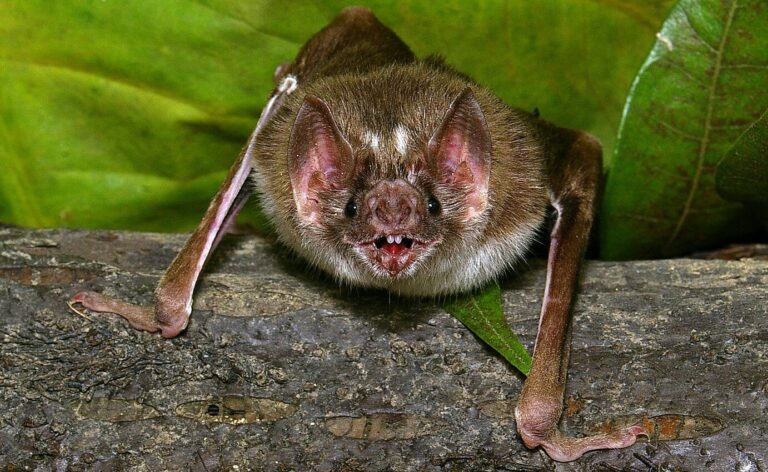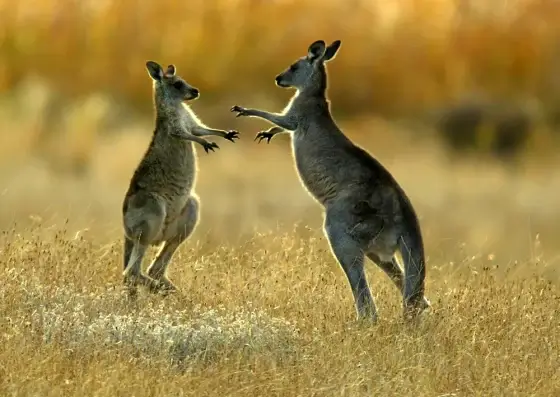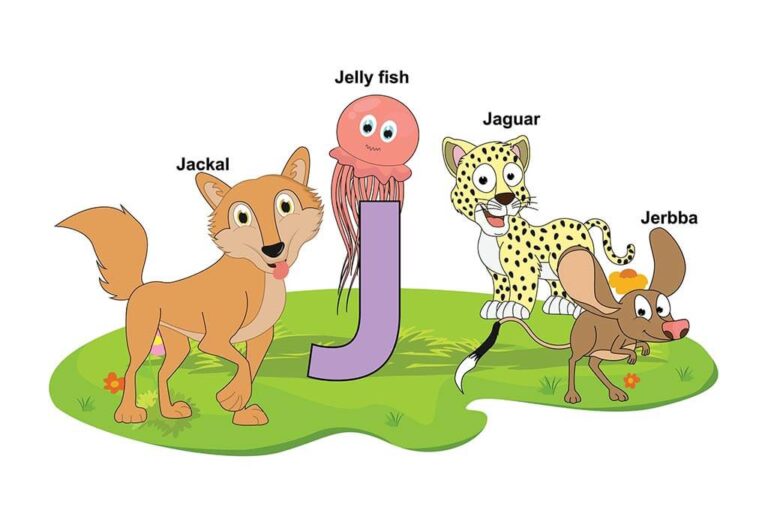Komodo Dragon: The Apex Predator of the Reptile World
The Komodo dragon (Varanus komodoensis) is the world’s most giant living lizard, a fascinating creature renowned for its size, power, and distinctive behaviors. Native to a handful of Indonesian islands, this apex predator captivates the attention of scientists, nature enthusiasts, and wildlife conservationists alike.
Contents
Scientific Classification
- Kingdom: Animalia
- Phylum: Chordata
- Class: Reptilia
- Order: Squamata
- Family: Varanidae
- Genus: Varanus
- Species: Varanus komodoensis
The Komodo dragon belongs to the Varanidae family, sharing lineage with other monitor lizards, but its unique evolutionary traits set it apart as a top predator in its environment.
Physical Characteristics

Komodo dragons are massive reptiles, with males reaching lengths of up to 10 feet (3 meters) and weighing around 150-200 pounds (70-90 kilograms). Females are generally more minor but still formidable. Some key physical features include:
- Thick, muscular bodies covered in tough, scaly skin.
- Powerful limbs with sharp claws for climbing and hunting.
- Forked tongues are similar to snakes; they are used to sense their environment.
- Large, serrated teeth capable of delivering deep wounds.
- Venom glands secrete toxic proteins, weakening prey through blood loss and infection.
Habitat
Komodo dragons are endemic to a few islands in Indonesia, primarily found on Komodo, Rinca, Flores, and Gili Motang. They thrive in various habitats, including:
- Tropical forests
- Savannas
- Dry grasslands
- Coastal regions
These environments provide ample prey and allow them to roam freely within their territorial ranges. Komodo dragons adapt to harsh climates, often surviving in hot, arid conditions with minimal water.
Behavior and Hunting Techniques

Komodo dragons are primarily solitary, coming together only during the breeding season and around carcasses for feeding. They are known for their patience and stealth when hunting, often lying in ambush to attack unsuspecting prey. Once they strike, they rely on their venomous bite to incapacitate the victim, then follow it until it succumbs to blood loss or infection.
Key Behaviors:
- Thermoregulation: As ectotherms, they bask in the sun to regulate their body temperature.
- Swimming: Komodo dragons are excellent swimmers, often traveling between islands for food or territory.
- Climbing: While adults are too large to climb, young Komodos can scale trees to escape predators and find prey.
Diet
Komodo dragons are carnivorous apex predators with an indiscriminate appetite. They are known to consume a variety of prey, including:
- Deer and wild boar: Their primary sources of food.
- Carrion: They scavenge decaying animal remains.
- Birds and small mammals: Often eaten by younger dragons.
- Water buffalo and horses: Occasionally targeted by large Komodos.
Komodo dragons are also cannibalistic, with adults sometimes preying on younger dragons.
Reproduction and Lifecycle
Breeding season occurs between May and August, with females laying eggs in September. A female Komodo dragon typically digs burrows and lays around 15-30 eggs, which incubate for about 8-9 months. Hatchlings, upon emerging, are vulnerable and must climb trees to avoid being eaten by adult dragons.
Parthenogenesis
Interestingly, female Komodo dragons are capable of parthenogenesis, a form of asexual reproduction. This means they can produce offspring without mating, allowing populations to survive in isolation with limited mates.
Predators and Threats
Adult Komodo dragons, as apex predators, have very few natural enemies. However, young Komodos face threats from larger animals such as birds of prey and other Komodo dragons. Human activities, including habitat destruction and poaching, also pose significant risks to their survival.
Conservation Status
The Komodo dragon is classified as Vulnerable by the International Union for Conservation of Nature (IUCN). The primary threats to their population include:
- Habitat loss: Due to human encroachment and deforestation.
- Climate change: Rising sea levels threaten the low-lying islands they inhabit.
- Poaching: Both for their skin and for prey species such as deer.
Conservation efforts are ongoing, with Komodo National Park being a protected area to preserve their natural habitat and safeguard the species from further decline.
Evolutionary History
The evolutionary history of the Komodo dragon is thought to date back over 4 million years. Scientists believe they evolved from giant lizards in Australia and dispersed to the Indonesian archipelago. Komodos are closely related to other monitor lizards, but their sheer size and distinct adaptations, such as venom and heightened senses, have made them unique apex predators.
Relationship with Humans
Historically, Komodo dragons have fascinated humans, from ancient Indonesian myths to modern scientific studies. Locals often view them with a mix of reverence and fear, referring to them as “ora” or land crocodiles. While rare, there have been Komodo dragon attacks on humans, mainly due to encroachment into their territory. However, these reptiles generally avoid human interaction unless provoked.
Interesting Facts about Komodo Dragons
- Venomous Bite: While initially thought to kill through bacteria, Komodo dragons produce venom that lowers blood pressure and prevents clotting in their prey.
- Fast Runners: Despite their size, Komodo dragons can run at speeds of up to 12 mph (20 km/h) in short bursts.
- Lifespan: Komodo dragons can live for over 30 years in the wild, making them one of the longest-living reptiles.
- Hunting Method: They often swallow prey whole, thanks to their highly flexible jaws, expandable throat, and stomach.
Conclusion
With its incredible adaptations and top-predator status, the Komodo dragon is one of nature’s most fascinating reptiles. Despite the growing threats to its survival, ongoing conservation efforts aim to protect this species and preserve its unique place in the natural world. From its evolutionary history to its venomous bite, the Komodo dragon symbolizes raw power and resilience in the animal kingdom.
- Golden Retriever Pros and Cons: What Every Pet Parent Should Know - 15 September 2025
- Cane Corso Dog Breed: Health, Care, and Lifespan - 14 September 2025
- Catahoula Leopard Dogs: Description, Temperament, Lifespan, & Facts - 21 July 2025







